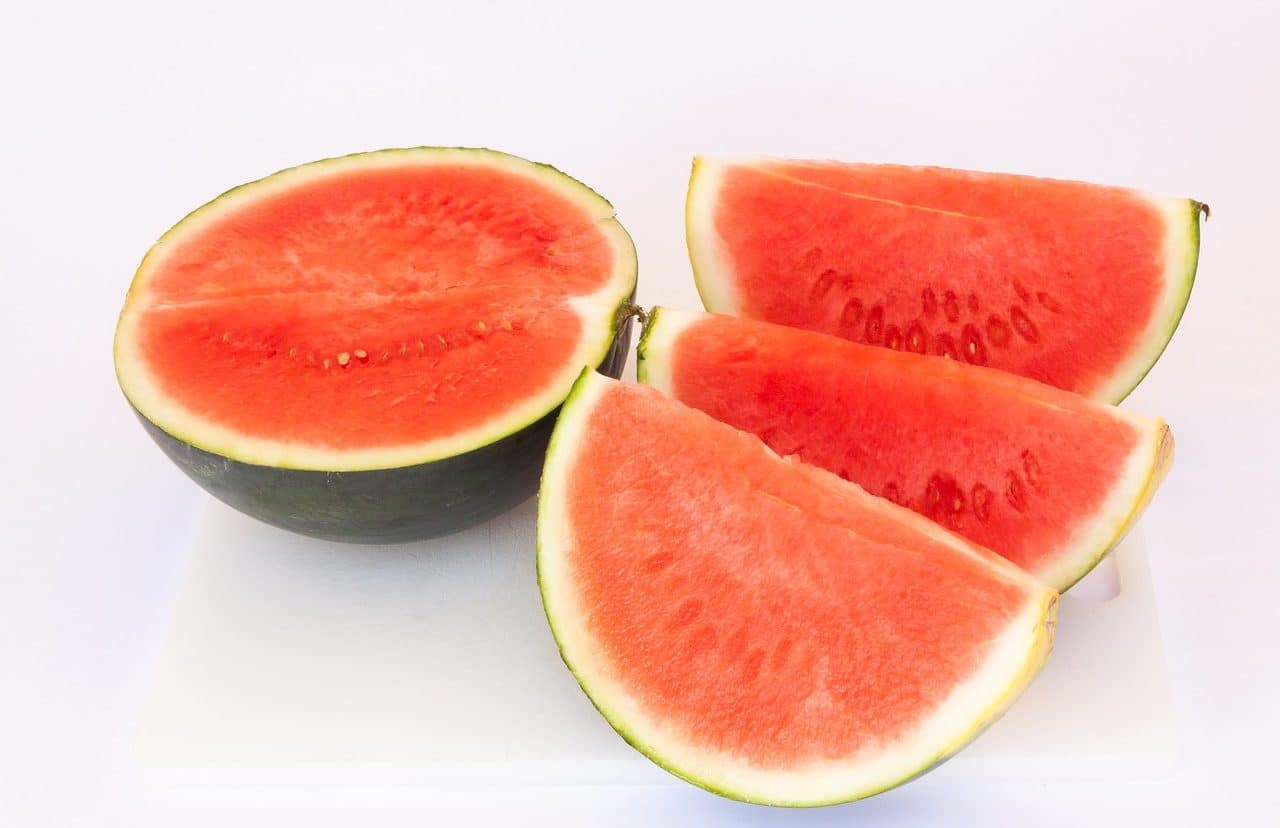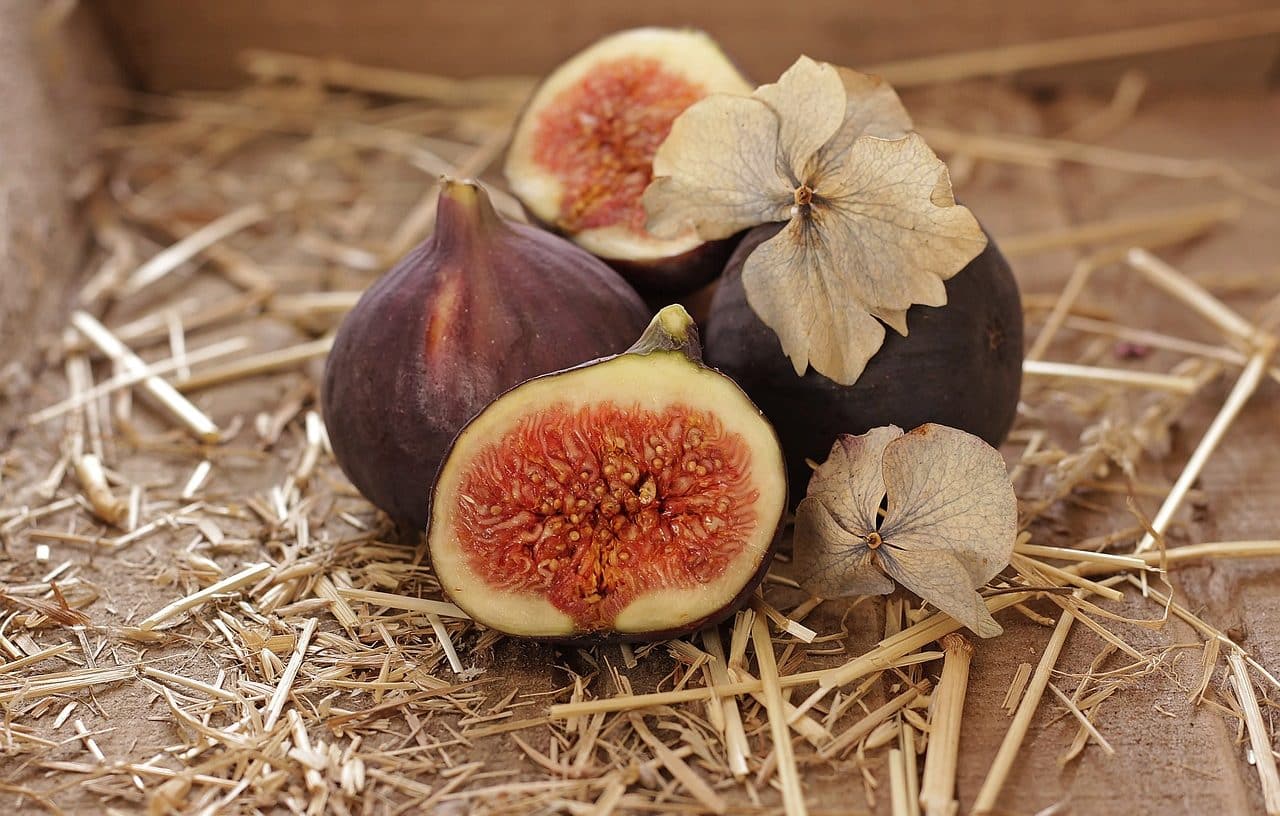
The pulp is an internal tissue of fruits.
Pulp is a concept that refers to a certain internal tissue of fruits , plants and meat. The most common use of the term is linked to the fruit , referring to the fibrous area that helps disperse the seeds.
The pulp includes numerous nutrients that are necessary for the health of animals, including humans . Generally, the seeds, which are not edible, are covered by the pulp: in this way, when an animal eats a fruit attracted by the pulp, it ends up expelling the seeds in different places. This allows the fruit plant in question to grow in different places.
Uses of the pulp
People usually use different utensils or appliances to obtain fruit pulp. The peel and seeds need to be removed to access the pulp, which can then be squeezed to obtain juice ( juice ).
The notion of pulp can also refer to certain specific products. In the canned sector, the pulp is the fruit that, without its seeds and pits, has been crushed and packaged.
When sugar is produced from beets , on the other hand, the pulp is the residue left after processing the roots. This pulp is used to feed certain animals.

The pulp covers the seeds.
paper production
Cellulose pulp is also known as the material obtained from different types of wood to produce paper . It is a pulp that is generated from various industrial processes that are applied to certain types of wood known as pulpable , a group in which fir, pine, larch and spruce are found, although they are also They use hard woods, such as birch and eucalyptus.
The first step in the process to obtain cellulose pulp is to remove the bark from the wood, something that can be carried out with or without the use of water . This bark is usually used to feed industrial boilers, so its extraction does not represent a waste of raw material. Next, it is necessary to grind the wood with the help of specialized machines for subsequent moistening.
Cellulose pulp and different types of pulp
The mechanical crushing process results in cellulose pulp , which is used to produce weak paper, such as that found in newspapers. If steam is used to accompany this step, then thermomechanical pulp can be obtained and if this is combined with the use of certain chemicals, the result is chemothermomechanical pulp .
Lignin is known as a polymer that has the mission of increasing the thickness of the stem and is found in the cell walls of Dinophytes (belonging to the kingdom Chromalveolata ) and plants . Its name refers to the term wood and for this reason the plants that contain it in large quantities are called woody . Given its use in the creation of mechanical pulp, the paper that comes from it turns yellowish after a while.
To obtain chemical pulp, certain chemicals must be mixed with previously ground wood in a large container known as a digester . With the help of heat, it is possible to dissolve the lignin and prevent the cellulose fibers from separating or the wood fibers from breaking. The result is a paste with lignin and, on the other hand, the leftover chemicals, which are usually used to feed the boilers.
The Kraft process or pulping is the most used to obtain cellulose pulp and in its name is the term kraft , which comes from Swedish and German, and can be translated as "strength" .
